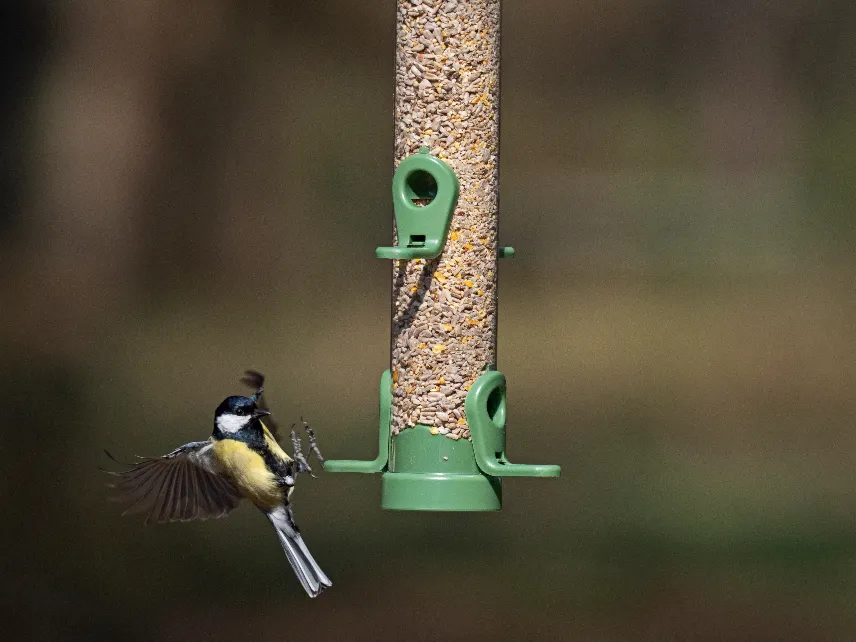News
Gamekeeper pleads guilty to killing a Buzzard
Covert RSPB filming caught the brutal killing of the bird by a gamekeeper in Yorkshire.
Autumn is a time when many of us think about feeding birds. While many people do feed their birds all year-round, for others the advent of falling leaves, colder weather and darker days sparks a concern to look out for the local birdlife. So whether you’re just getting started or are looking for some advice, read on for our top tips for feeding the birds.

Whatever the size of your outdoor space there is something you can do to help your local birdlife. A simple feeder attached to your window can be a great way of attracting birds and can give you some really close-up views. If you have a bit more space, you could look to put up a feeder, add a bird table or even a bird feeding station. You’ll find plenty of good quality options here at the RSPB shop.
One thing to consider is that different birds like to feed in different ways. Birds such as Blackbirds, Robins and House Sparrows are generally ground feeders, preferring to hop around on the ground or a bird table, while tits and finches generally prefer to feed from hanging feeders.

You can put your bird feeder in all sorts of places, but aim for somewhere:
Wherever you place your feeder, make sure you can see it when you’re indoors so you can get the most pleasure from it!
Bear in mind, it can take a little bit of time for the birds to get used to a new feeder, so don’t be disappointed if not many birds visit at first.
There are lots of different bird foods available, including mixes for bird feeders and bird tables, as well as for ground feeding. Many birds will happily eat a variety of foods, but here are some of our top tips for feeding the birds:

You can find a wide range of good quality bird food in our shop as well as a range of special offers. RSPB bird food mixes, such as our table and feeder mixes, have been designed to be fed in different ways to suit birds’ feeding habits.
It’s also good to put out water for birds too, particularly when it is very cold and usual water sources might be frozen. The most important thing is to keep it clean and to put out fresh water every day. You will find a good range of frost-resistant bird baths in the RSPB shop, but you could also provide water in the following ways:
It’s very important to keep bird feeders, tables and baths clean in order to stop any build-up of bacteria and viruses that can spread diseases and infections among garden birds. Greenfinches, in particular, have been hit hard by trichomonosis, a disease which can be spread by contaminated food and drinking water. But by keeping feeders, bird tables and bird baths clean we can help keep birds healthy.
Take a look at our full guide to cleaning your bird feeder here!

Bird watching can be an endless source of pleasure. By regularly putting out food you can get to know the birds in your patch and enjoy getting to know their behaviours. Not sure what bird you’ve seen? Try our online Bird Identifier.
Happy birdwatching!